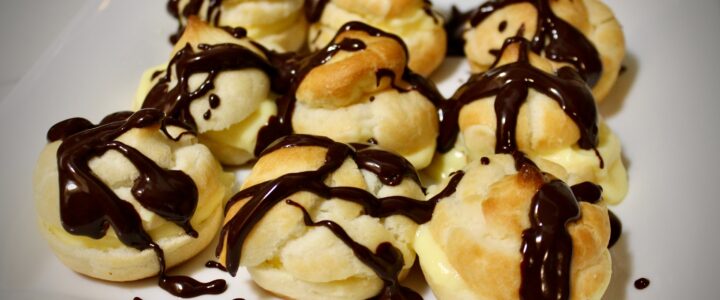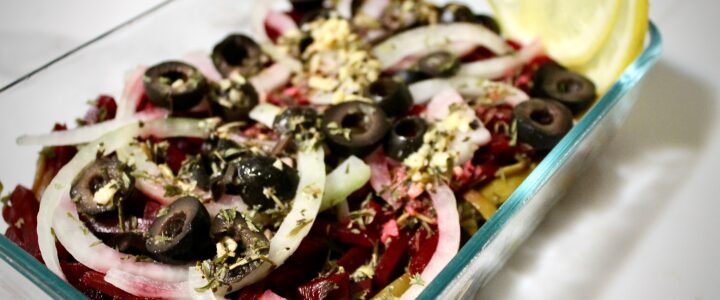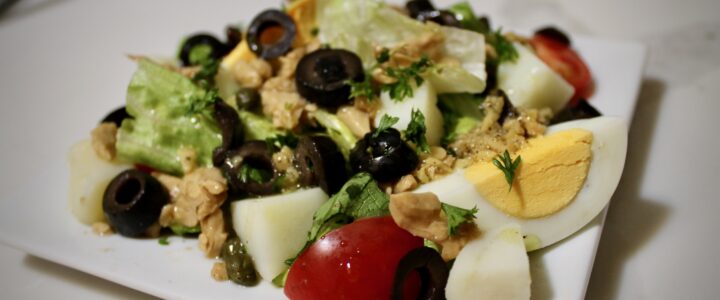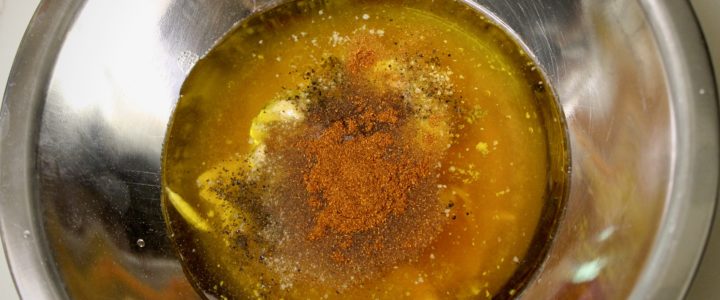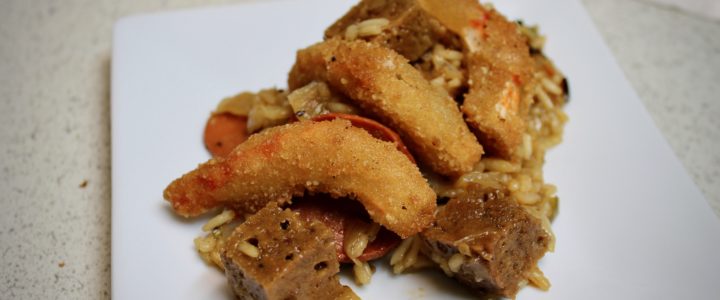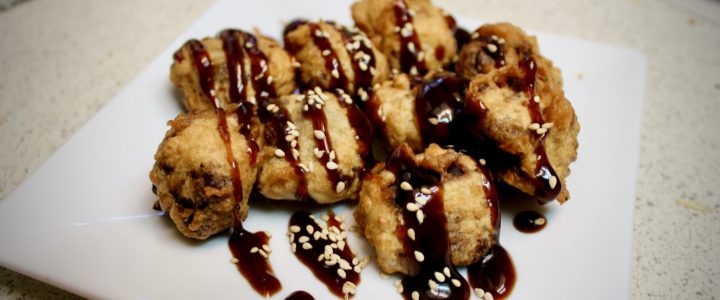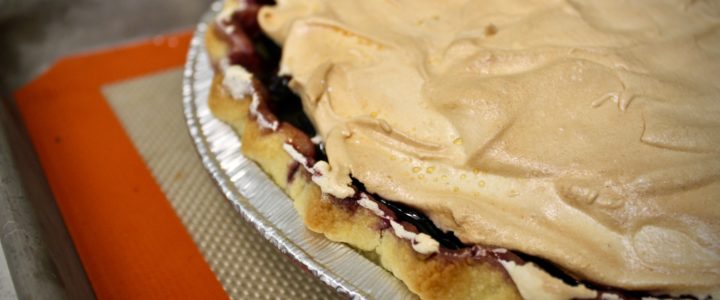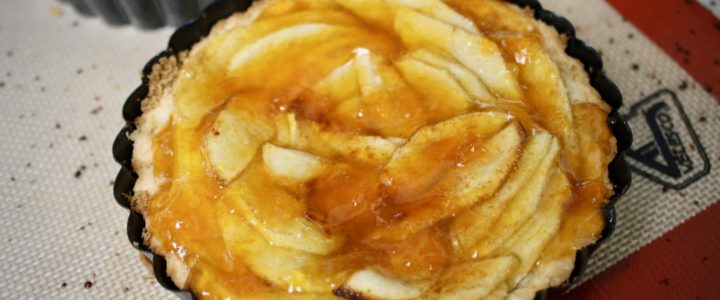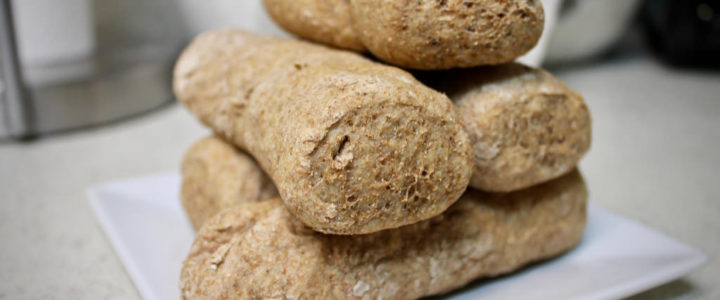Looking to impress? Or maybe you’ve been watching a lot of those baking shows while on lockdown and you think you’re ready for some of the “tougher” stuff. Well, here’s a good one for you to test your skills.
I made 17-15: Cream Puffs for Thanksgiving last year (TGV 2019), but haven’t written about it until now. Cream puffs feature pâte à choux, which is the puffy, airy dough that you also find in éclairs. We made profiteroles when I worked at a restaurant a few years ago, and it’s essentially the same thing.

Simply Delicious suggests you can fill your cream puffs with vanilla or whipped cream–the most traditional ones also feature pastry cream (crème pâtissière).
The ones we served at the restaurant I worked at were filled with house-made, hand-scooped ice cream that were (sometimes) baked and (often) assembled by yours truly and then drizzled with a chocolate glaze like these. It was one of those trendy gastro-brew pubs that made the beer onsite and had many beardy/tattooed gentlemen working there, so you can imagine the rest of the menu and atmosphere. At least we served most of it on a normal plate. #wewantplates
Read more

